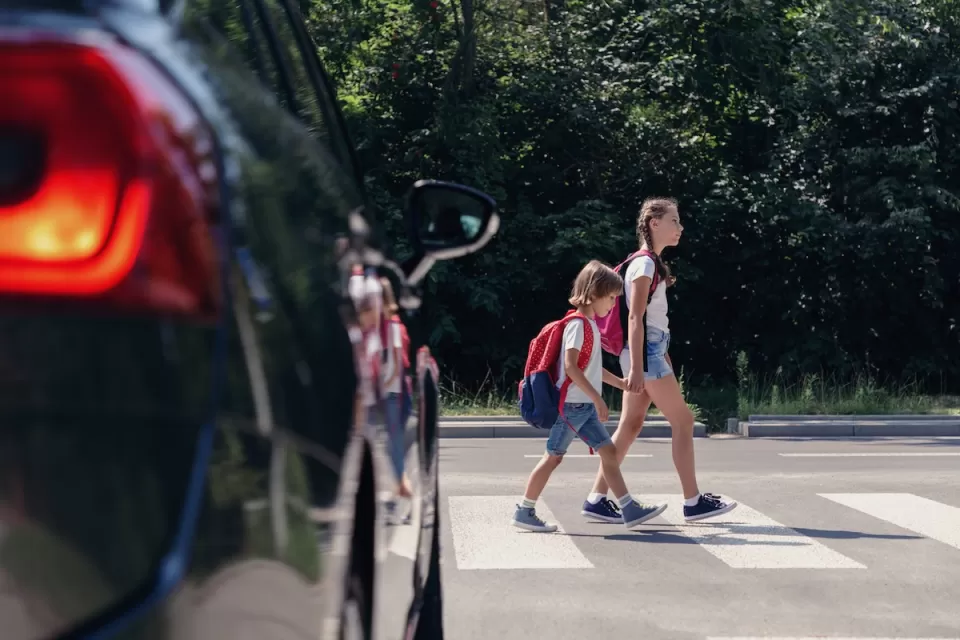
A powerful federal document that dictates street design is getting a makeover after years of advocacy, reports Josh Naramore in Streetsblog USA.
The Manual on Uniform Traffic Control Devices (MUTCD), first created in 1935, governs all road markings, speed limits, road signage, and traffic signals in the United States. The document has rarely been updated, perpetuating outdated and dangerous road design practices. As Naramore explains, “The MUTCD prioritizes moving private vehicles at maximum efficiency and speed above all other goals, including safety, sustainability, and access for people walking, biking, in a wheelchair, or on a bus.”
The December 2023 update to the document signaled a major shift in priorities, focusing for the first time on the safety of pedestrians and other vulnerable road users. However, Naramore argues that it “fails to include many necessary reforms that would create comprehensively safe streets.”
While the update encourages traffic calming and mechanisms that prevent speeding, makes it easier to install crosswalks, and explicitly allows the use of painted bike and transit lanes, it falls short in some areas, such as failing to recognize that not all groups of pedestrians — such as children — can be expected to act “alertly and attentively.” Meanwhile, “To justify installing pedestrian signals, the MUTCD still requires a very high volume of people to be crossing an unprotected intersection — or that transportation officials wait for multiple traffic injuries or deaths to occur.”
Naramore also expresses concern about the MUTCD’s new language on autonomous vehicles, which “normalizes nascent driverless technology without understanding its consequences.” Naramore suggests that safe streets advocates must continue promoting changes that are more in line with the Safe System approach and truly recognize how road design impacts the safety of people inside and outside of cars.